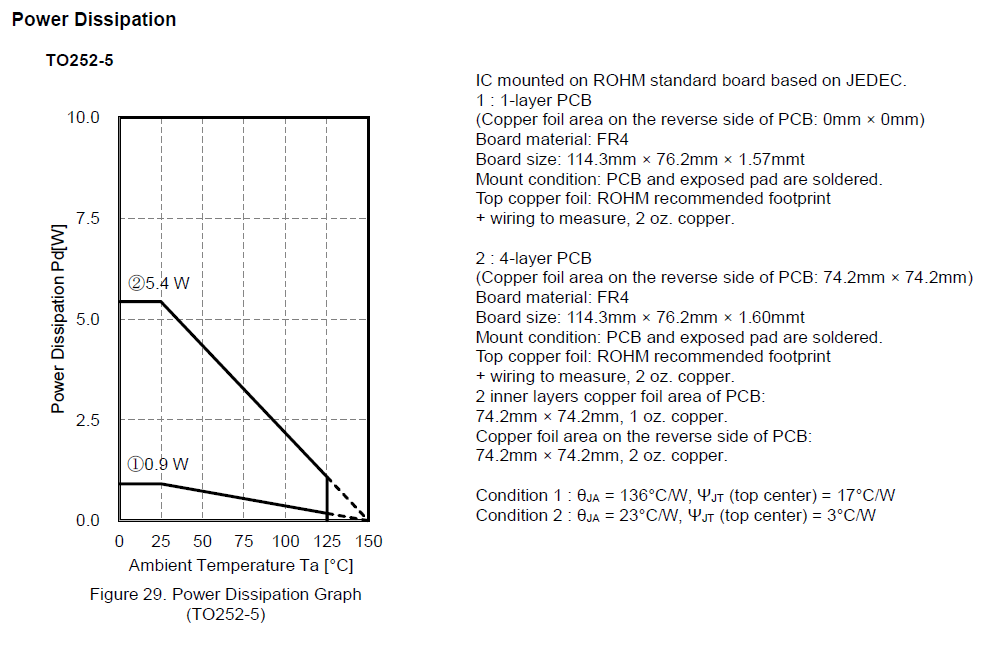Hello team,
My customer wanted to get some information about Power dissipation as the below picture that is a device of other company.
Is there any experimental data about PD of TPS7B86-Q1 not a simple PD calculator?
Thank you.
Best Regards,
Kevin Shin


